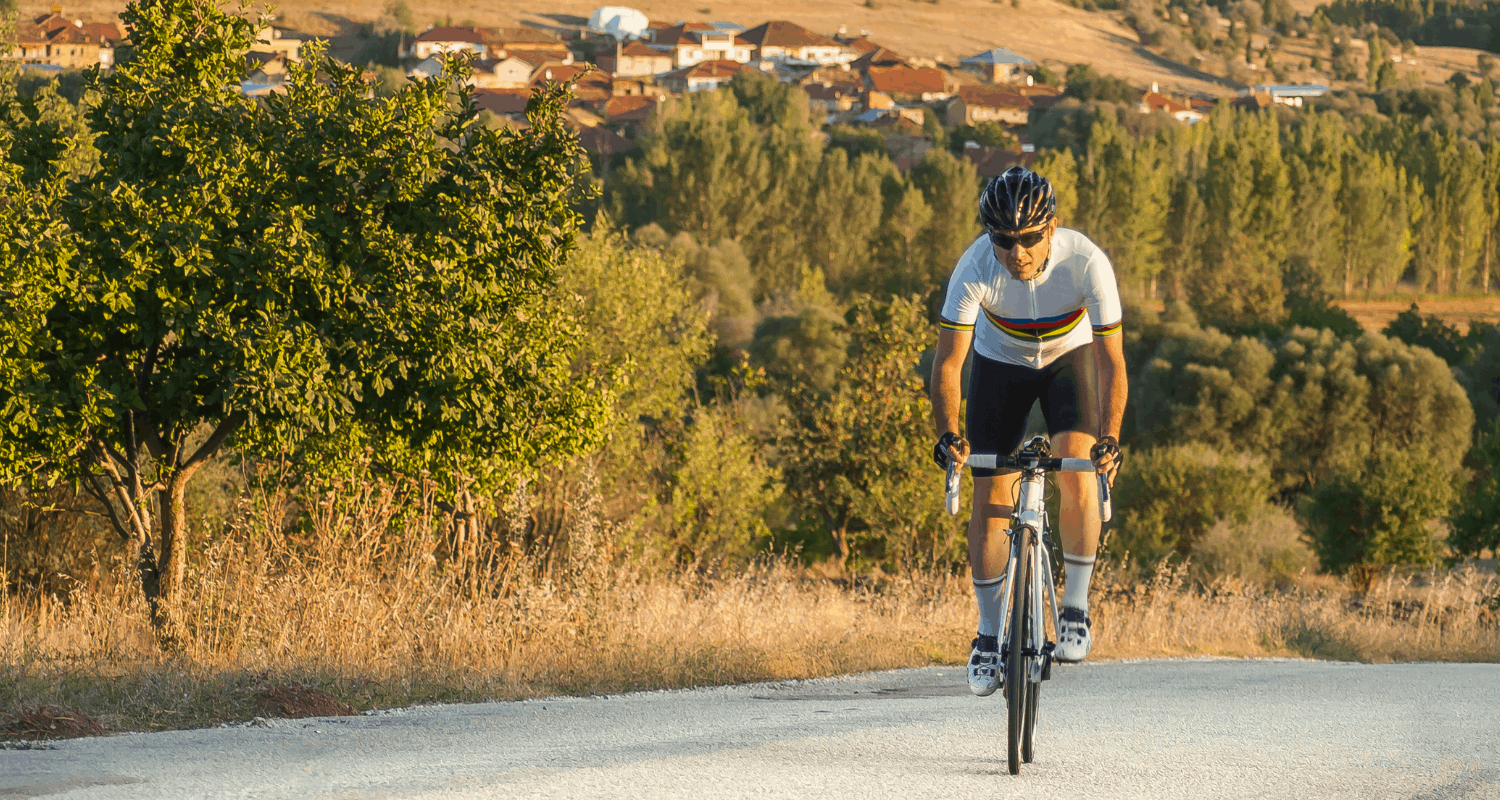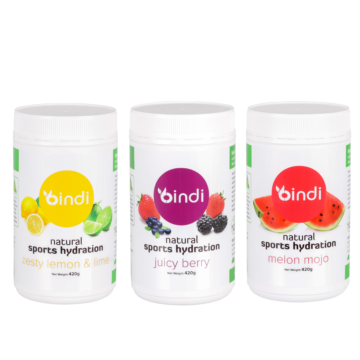The first month of any Ironman training program can be very intense and a bit of a shock to the system! Along with managing new training routines, you will be asking how do I fuel for Ironman? Coaches will often set long slow rides with the aim of building an aerobic base, so this is the perfect time to start learning how to fuel yourself so you can achieve peak performance.
Building Base
For the first month of training, a lot of training sessions will be time based rather than performance based. The aim is to get used to spending more time out on the bike, looking at that black line in the pool, and out running steady.
Setting out for a long ride of 3 or 4 hours without any pacing or power expectations allows you to simply work at your own aerobic pace and builds a strong base for the more intense training to come.
NUTRITION TIP: The first month is perfect time to work on your nutrition as well as physical training.
Train Your Gut
When you are exercising, your body wants to send all its efforts to keep your muscles, nerves and brain functioning. Your body ideally doesn’t want to be wasting energy and resources through digesting and absorbing food and hydration.
However, we know that taking on nutrition is critical to your performance, so now in the base building period is the time to train your gut to absorb the vital carbohydrates and fluids it will require.
NUTRITION TIP: Take small sips of fluid regularly and start to increase the amount of carbohydrates you absorb during training. Just as you train your muscles, you must train your gut in this building block.
“Don’t let poor nutrition be the thing that lets you down on race day”
Belinda DENnis – CEO Bindi Nutrition & 3X Ironman Finisher
Try solid foods in training
Ironman is a long day of racing, and this goes for many endurance sports. For short sharp racing it is easier to use liquids only both for hydration and carbohydrate sources. But for longer days it is ideal to use some solid food.
The reason for this is that solid food will keep the gut open – thereby maintaining blood flow and peristalsis (normal gut contractions and forward movement). By only using liquids, the gut can essentially slow down and lose its ability to function and this is where bloating, nausea and even vomiting can begin. In Ironman, eating is most certainly not cheating, and it may be the difference in whether you get to that finish line or not.
Try some solid foods in training such as banana, energy bars, and a vegemite sandwich.
NUTRITON TIP: Make a full loaf of bread up into vegemite sandwiches. Cut into halves, then put each sandwich into zip lock bags. Flatten them down as much as possible and squeeze all the air out of them. Then, place them all bag into the bread bag, and put the whole thing into the freezer. On training days, grab a frozen sandwich and put it in your jersey pocket – it will be defrosted and ready to eat an hour or so into your ride.
Keep hydrating
Fuelling for Ironman is so important, and hydration is the cornerstone of this. Don’t be tempted to roll out for a long ride with only water, as you will deplete your carbohydrate and electrolyte levels.
Remember that using Bindi Sports Hydration will not only supply you with the carbs and electrolytes you require, but it also helps you to absorb more fluid by drawing it into your body from your gut, and then it helps you to retain that fluid and use it to power your muscles, nerves, and brain.
NUTRITION TIP: As a general rule, you will need around 750ml fluid per hour but this can vary depending on your personal sweat rates.
Know your numbers
It’s pretty tempting to finish training and put your feet up and feel pretty glad it’s done for another day. Instead, take a couple of minutes to note down what you consumed during training. Did you get enough fluid? How many grams of carbohydrates did you consume? Now is a good time to get to know the carbohydrate content of the products you are using. For example, a serve of Bindi Sports Hydration is 27g CHO, plus a banana is around 30g so if you have that in one hour you would have had nearly 60g CHO for that hour. This is a bit low for Ironman racing, and you might then try adding in a gel with 22g CHO as well on your next ride.
NUTRITION TIP: Get to know your numbers in training, as this is what we will use to create a fool-proof race day nutrition plan.
“Higher carbohydrate intakes are associated with better performance”
HOW TO FUEL FOR IRONMAN – MAKING A NUTRITION PLAN
The first month of training is the ideal time to work out how to fuel for Ironman.
Although nutrition is very personal, these are basics like fluid, carbohydrate and electrolyte intake which are a critical starting point to achieve peak performance. Start early to train your gut and get to know what is working for you.
try these products during training:
want to know more? read about recovery nutrition here >
dOWNLOAD OUR SIMPLE NUTRITION GUIDE HERE >
References
-
Sports Dietitians Australia. Fact sheet. Eating and drinking during exercise. Accessed March 2017 at: https://www.sportsdietitians.com.au/factsheets/fuelling-recovery/eating-drinking-exercise/
-
Burke, LM 2015. Re-examining high-fat diets for sports performance: Did we call the ‘nail in the coffin’ too soon? Sports Medicine, 45 (Suppl 1): S33 – S49. Accessed March 2017 at: https://www.ncbi.nlm.nih.gov/pubmed/26553488
-
Pfeiffer B et al. 2012. Nutritional intake and gastrointestinal problems during competitive endurance events. Med Sci Sports Exerc, 44: 344-51. Accessed March 2017 at: https://www.ncbi.nlm.nih.gov/pubmed/21775906
-
Jeukendrup A, 2014. A step towards personalized sports nutrition: Carbohydrate intake during exercise. Sports Medicine, 44 (Suppl. 1): S52-S33. Accessed March 2017 at: https://www.ncbi.nlm.nih.gov/pmc/articles/PMC4008807/
-
Currell K, Jeukendrup A 2008. Superior endurance performance with ingestion of multiple transportable carbohydrates. Med Sci Sports Exerc., 40: 275-81. Accessed March 2017 at: https://www.ncbi.nlm.nih.gov/pubmed/18202575
-
Jeukendrup A, 2011. Nutrition for endurance sports: Marathon, triathlon, and road cycling. Journal of Sports Sciences, 29 (Suppl 1): S91 – S99. Accessed March 2017 at: http://www.tandfonline.com/doi/full/10.1080/02640414.2011.610348

